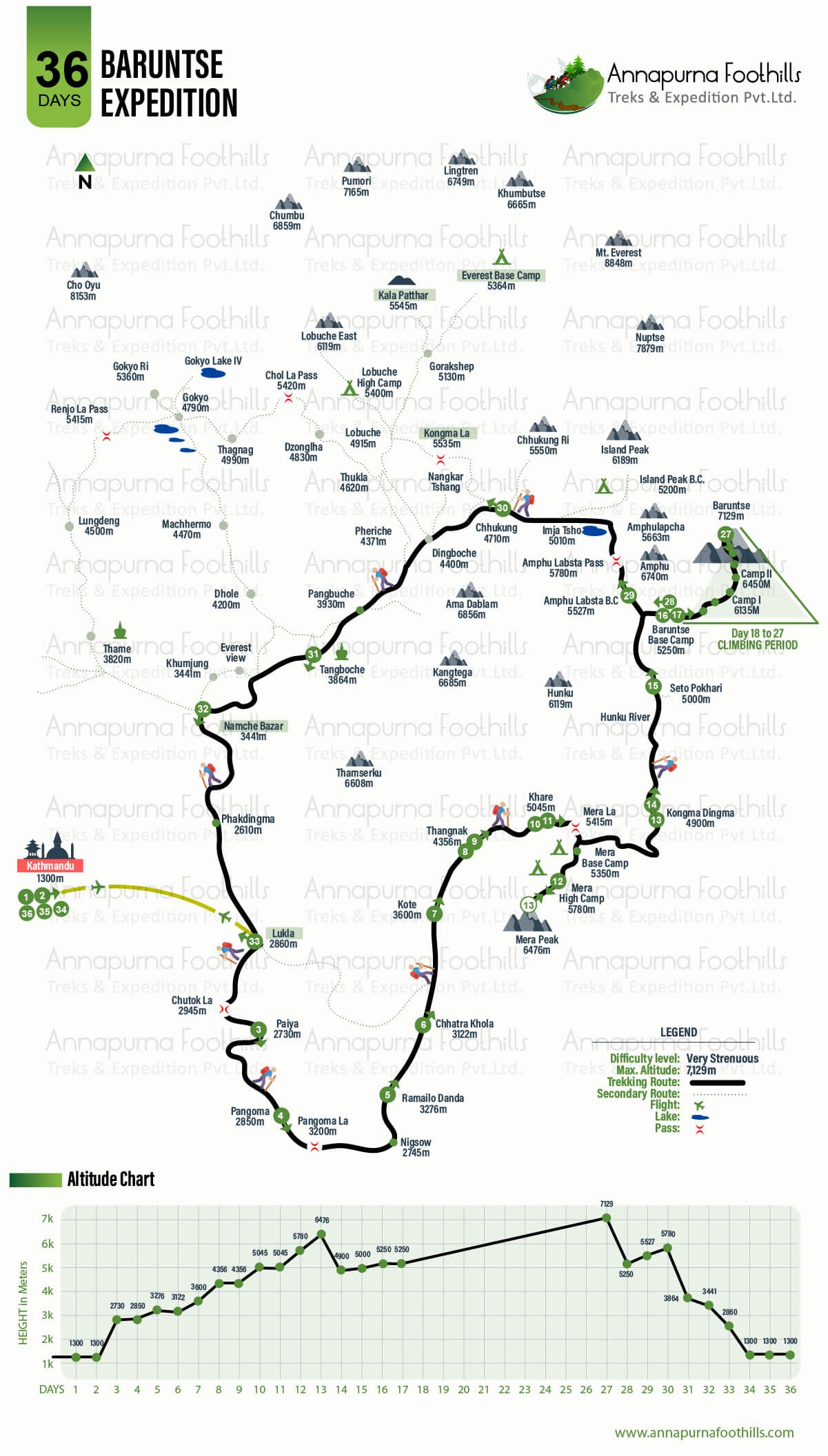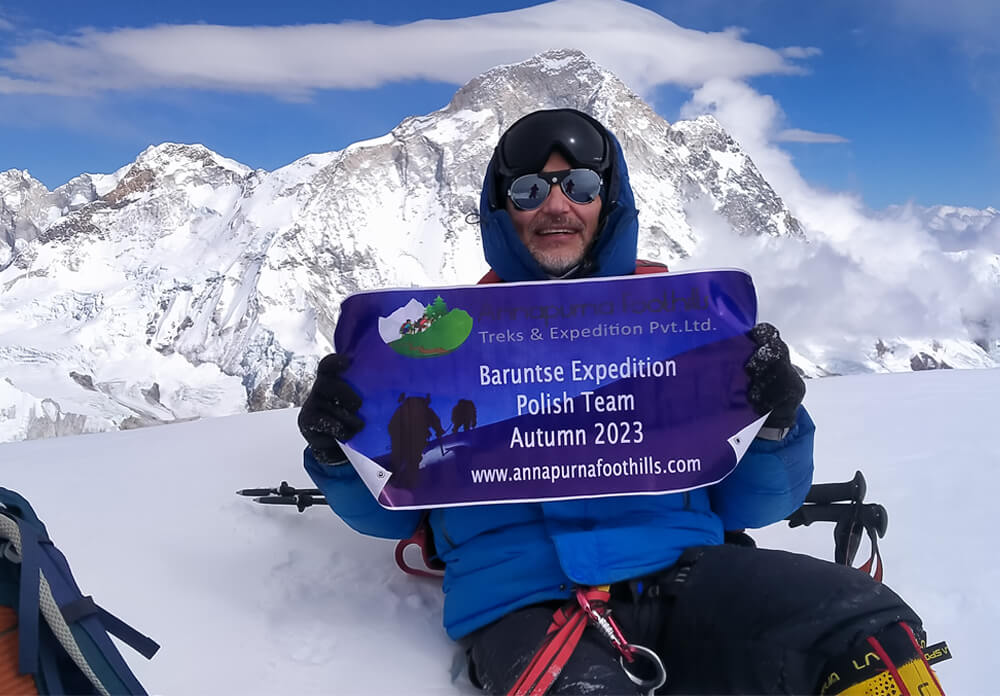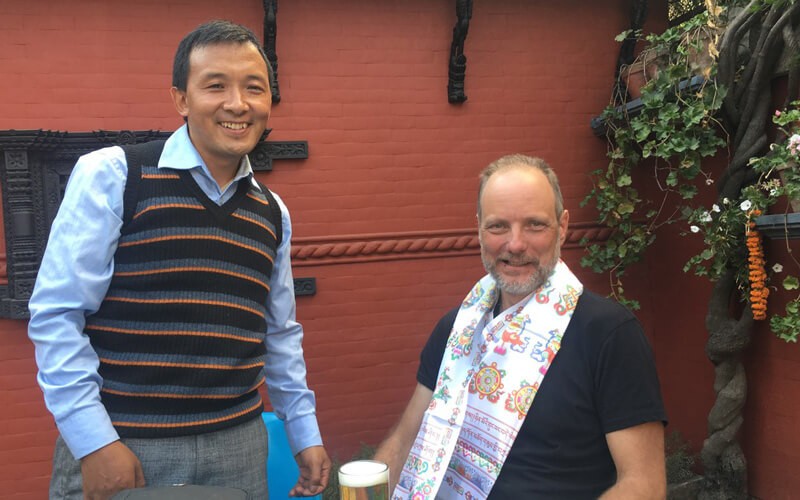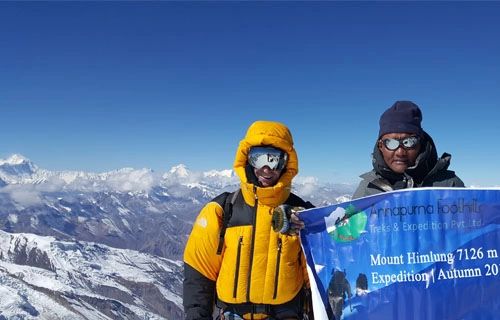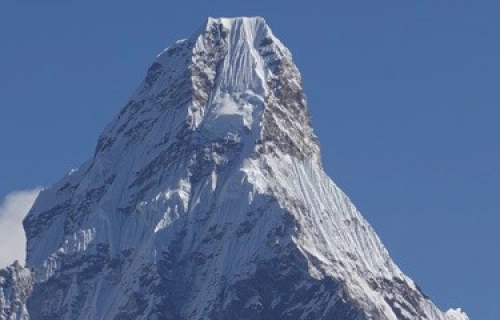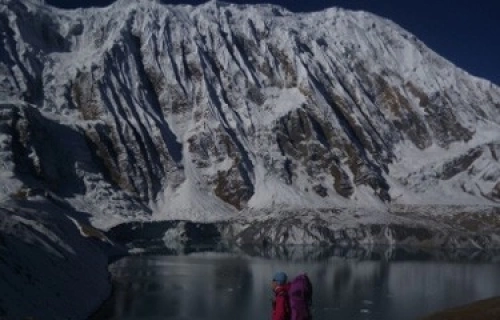About Baruntse Expedition
For climbers ready to move on to a 7000+ meter peak, Mount Barunste (7129m) is the ultimate peak, providing an excellent experience for even higher objectives. The Southeast Ridge of Baruntse has a high success rate. Although it is a straightforward, less technical climb, it contains many components of an 8000m peak expedition in the Himalayas of Nepal.
Annapurna Foothills Treks looks forward to the 2026 autumn and 2027 autumn expeditions to Mount Baruntse. Acclimatizing on Mera Peak (6476m) is the optimal way to acclimatize and condition for Baruntse climbing. So, we have integrated climbing Mera Peak (Nepal's highest permitted trekking peak) on our approach to Baruntse Base Camp.
Our Baruntse Expedition begins with an exciting morning flight up the scenic Khumbu Valley. It takes us to Lukla, the starting point for most of the treks and expeditions in the Everest region. We will be met by our team of competent Local Sherpas, who will facilitate the logistics for the rest of the expedition. Porters, cooks, and highly experienced mountaineers will assist with setting up camps, providing delicious meals, and ensuring our expedition is safe and successful. To reach Barunste, we trek through Sherpa settlements and the Himalayan wilderness inspired by the views of 8000ers like Mount Everest, Lhotse, and Makalu. Barunste stands in the middle of three glacial valleys: the Imja, the Hongu, and the Barun. As we climb higher into the Hinku Khola valley, the steep, wooded ravine gradually opens to a vast and magnificent view of mountains, including our first objective, Mount Mera Peak.
When we reach Mera Peak Base Camp (5400m), we sleep above the snow line for the first time on this expedition. The Mera Peak climb provides the acclimatization we need for Barunste. From Mera Peak, there is a magnificent panorama of giants like Mount Makalu (8481m) and Mount Everest (8848.86m), as well as our next objective, Mount Baruntse (7129m). We move to Mera Peak High Camp before our attempt for the summit. After Mera Peak, we descend into the Hongu Khola Valley toward Baruntse Base Camp via Kongma Dingma and Seto Pokhari.
Mera Peak and Barunste Peak Expeditions can be done conjointly for groups with different time and fitness constraints. If a part of the group wants to return to Lukla after Mera Peak, the remaining members could continue into the Hongu Valley to Barunste Base Camp. If you have already climbed Mera Peak or any other 6000m peaks, you can climb Mount Baruntse directly.
Baruntse Expedition Climbing Route and Strategy:
The route is a straightforward climb on snow and ice with some corniced sections. There are two additional camps above Baruntse Base Camp. The itinerary allows time for acclimatization and possible weather delays. Acclimatization is achieved by ascending to the following High Camp, then descending to the previous Camp and resting.
Baruntse Base Camp, 5250m, is situated in a broad open valley on the lateral moraine of the Hongu glacier next to a beautiful lake at the base of the mountain. From Base Camp, we climb the southeast ridge towards the West Col, which is pretty straightforward. However, a fixed line is needed to climb up the challenging 50° ice cliff to the West Col, which brings us to the glacial plateau where we set up our Baruntse Camp I at 6000 meters.
We ascend a long, low-angled glacier from Camp I using a fixed rope. The slope steepens on the approach to a small col on the Southeast Ridge proper, where we establish Baruntse Camp II at 6450 meters. We will do our rotation climbs and only push for the summit when the weather permits.
From Camp II, we push for the summit. First, we make a short steep climb on a 45° ice wall to a small col, 6500m. There are some steep steps on the ice and short sections of rock to ascend, but the enormous challenge of summit day is the sharp ice shoulder, at around 7000 meters, that leads onto the summit ridge. Our climbing sherpa guide will fix ropes to ensure safety during ascent and descent. The broad ridge narrows closer to the actual Baruntse Summit at 7129 meters. From the summit, we enjoy and cherish the surreal panoramic views of Mount Everest, Lhotse, Cho Oyu, Ama Dablam, Kanchenjunga, and Makalu. The summit ascent takes approx. 10 - 12 hours on average, but that, of course, will depend upon individual climbers. We retrace our steps using the same route to Base Camp.
After descending from Baruntse, we cross the stunning Amphu Labtsa Pass and return to Lukla via the famous Khumbu villages of Dingboche, Tengboche, and Namche. The party awaits at Lukla before we fly back to Kathmandu the next morning.
Baruntse Expedition via Panch Pokhari ( 32 Days) is the ultimate way to enjoy the beauty of Hinku Valley, Rai, and Sherpa ethnicity, and well-preserved culture and traditions. It is an ideal pick for the best acclimatization. No flights are needed as we will be driving to the Trip starting point (Bung) and ending point (Lukla).
Return to Lukla or Kathmandu by Helicopter:
At the end of a long expedition, a quick flight by helicopter from Base Camp to Lukla or Kathmandu is quite appealing. You could also trek to Pheruche and fly from there. Helicopter flights are available at the climber's own expense. The cost depends upon passenger load and whether the helicopter is already in the Khumbu area or has to come from Kathmandu.
Oxygen and Medical:
We carry top-quality oxygen, oxygen masks, and regulators for medical emergencies, ensuring our Team members' absolute safety. We also have a comprehensive first aid kit throughout the expedition. Our guides are also certified in providing first aid treatment for the needy at high altitudes.
Personal Gears:
In Kathmandu, you will attend a detailed Trip Briefing and Gear-Checking Session before your departure for the Baruntse Expedition. Plenty of shops supply a complete range of excellent-quality Trekking / Climbing equipment for renting and buying.
For most of your expedition, you only need to carry the items you require during the day. During the Climbing period, your Sherpa Guide will carry loads (including your sleeping bag and a reasonable amount of personal gear) between the camps. Please click our complete packing list for what to pack for your Baruntse Expedition.
Planning to climb Mount Baruntse in 2026 and 2027:
We are preparing for our Autumn 2026 dates and groups for the Baruntse Expedition.
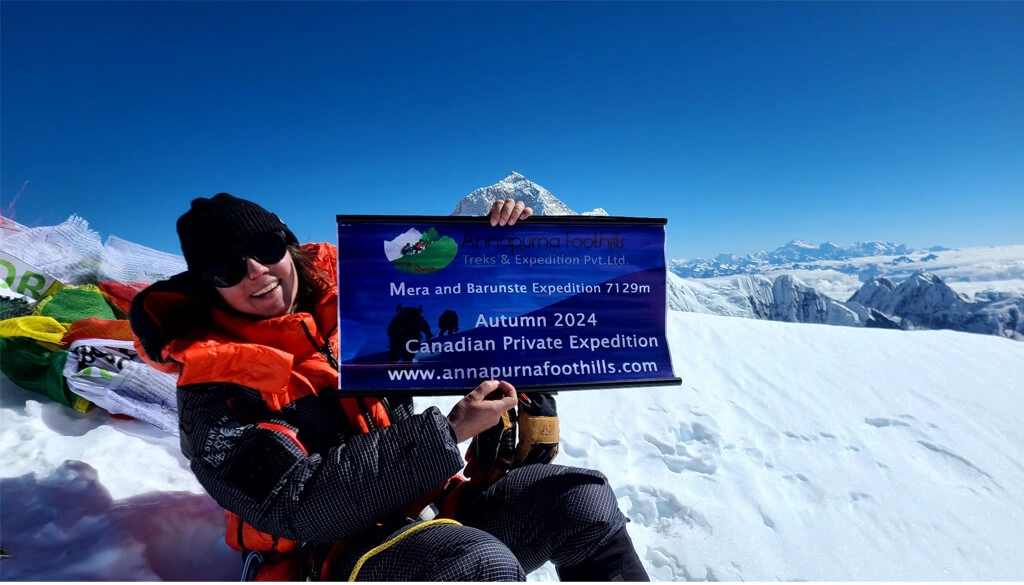
.webp)
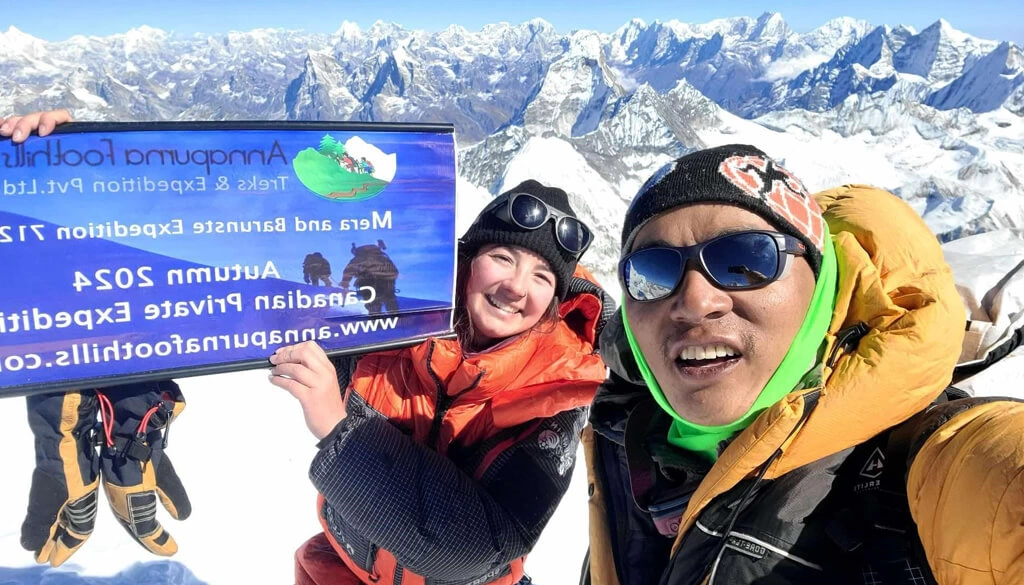
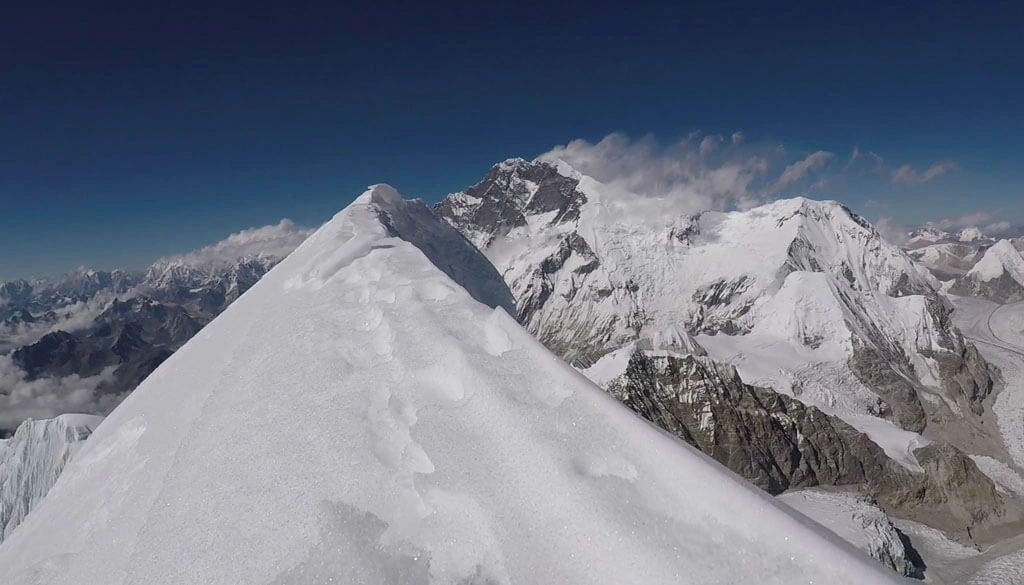

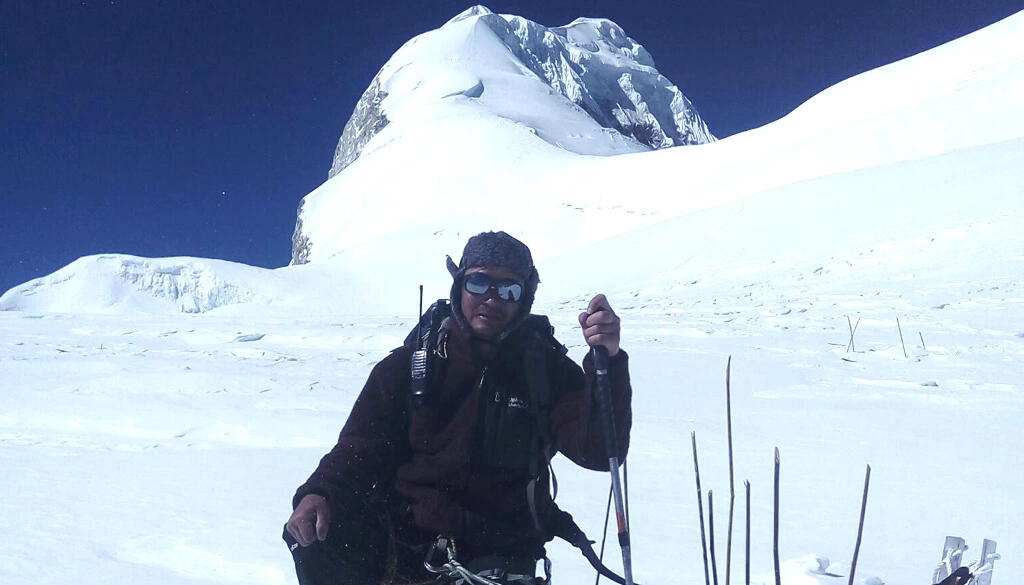

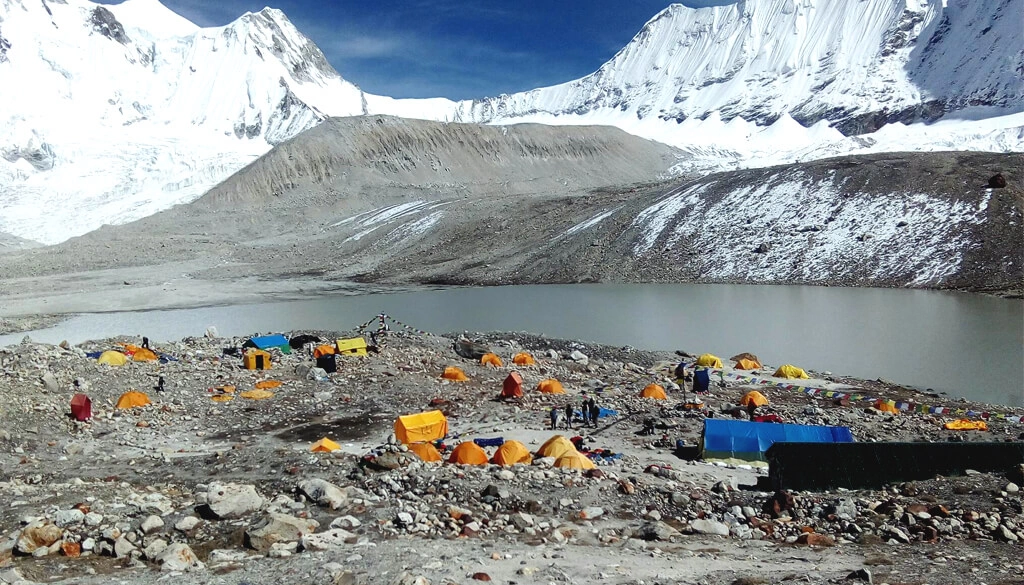
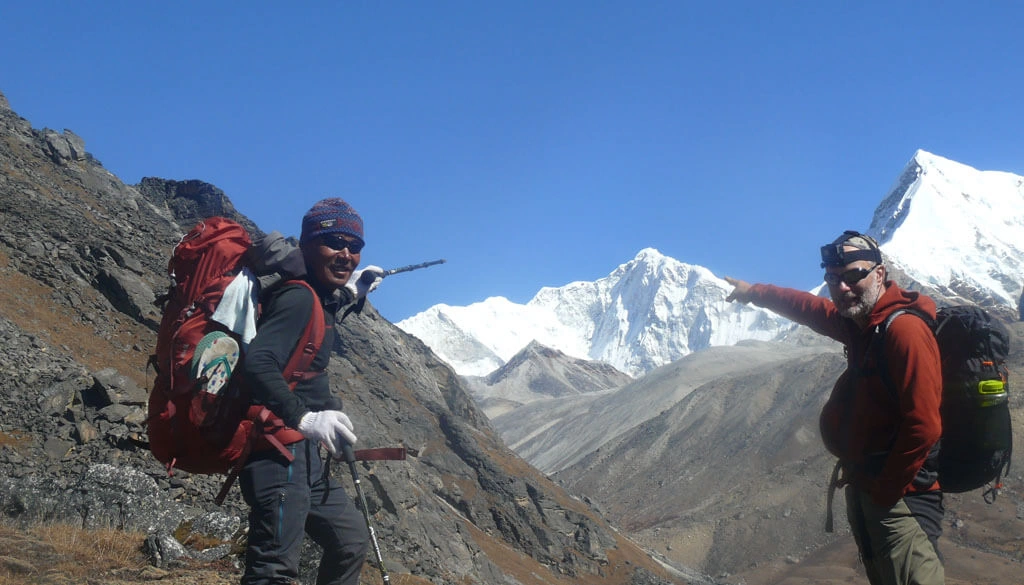
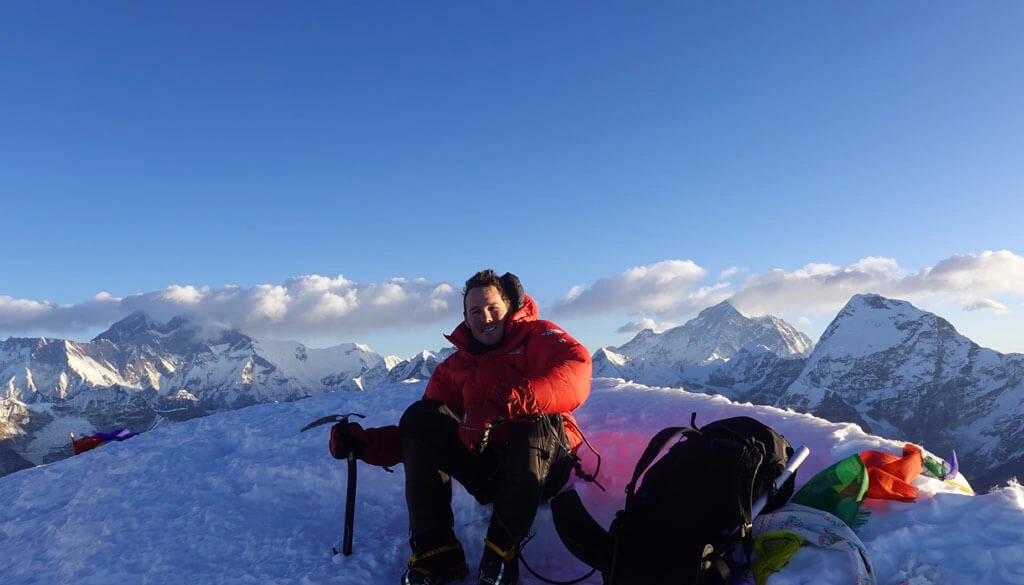
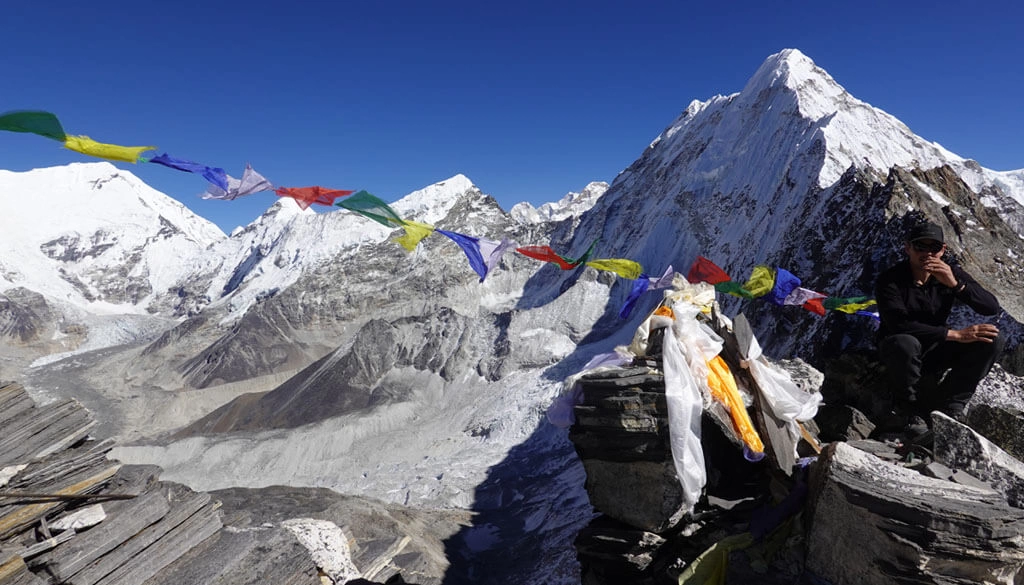
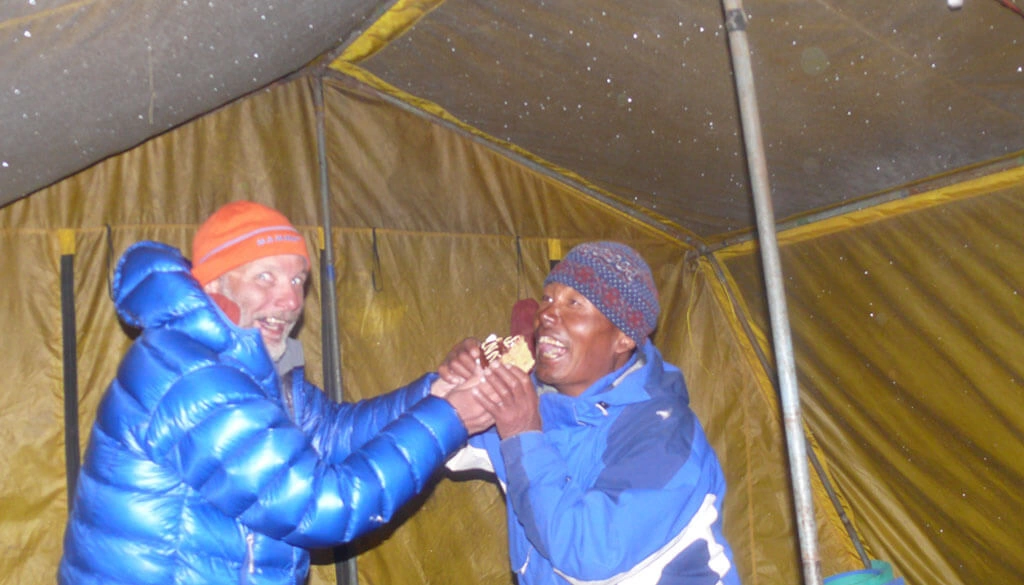
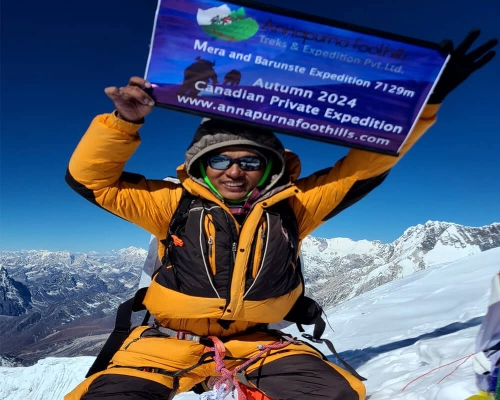
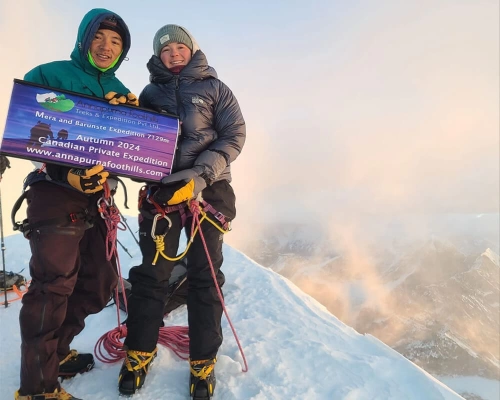
.webp)
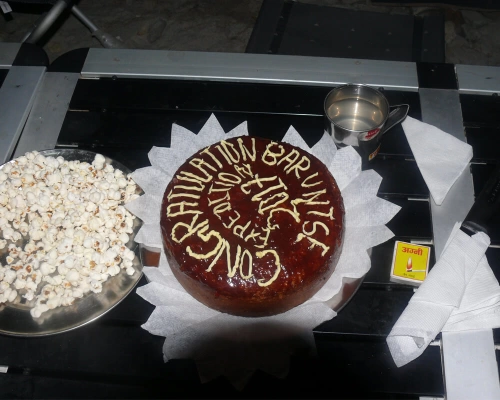
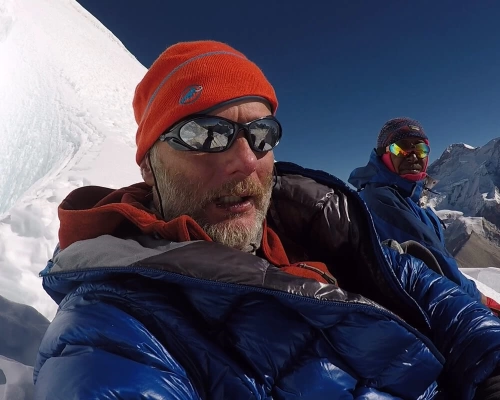
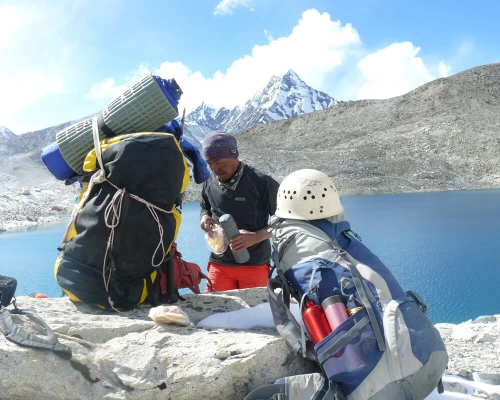
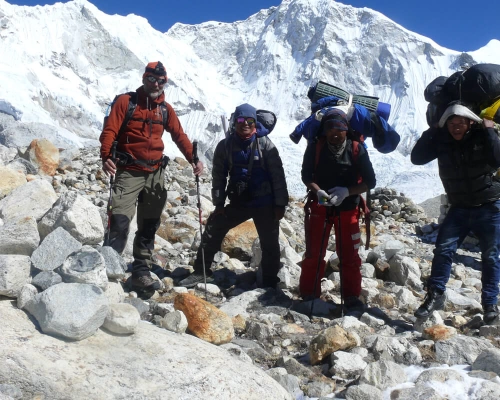
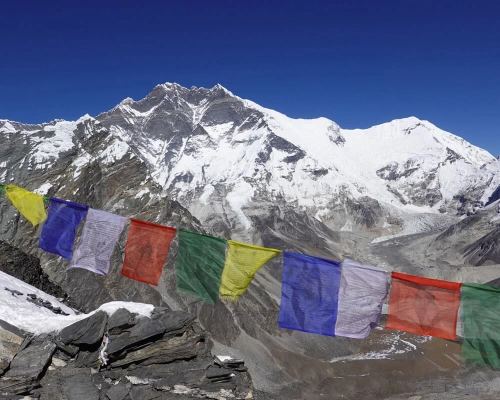
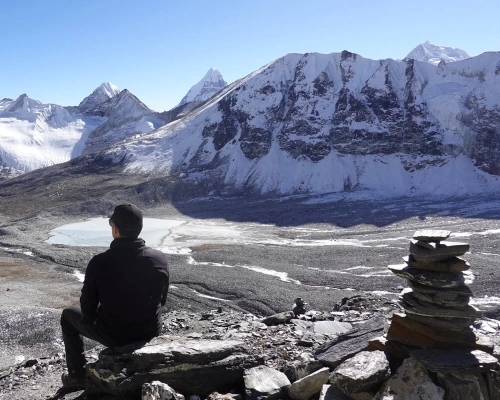
.webp)
